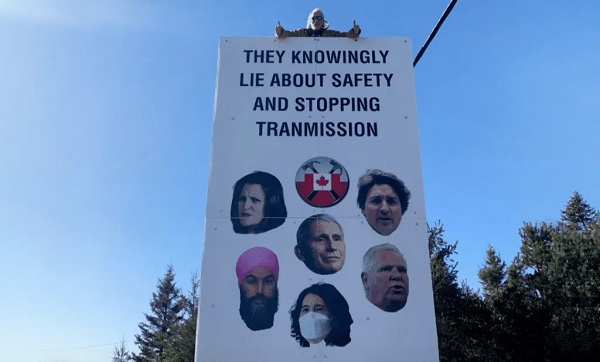International
Trump withdraws US from UN Human Rights Council, orders review of funding for other UN bodies
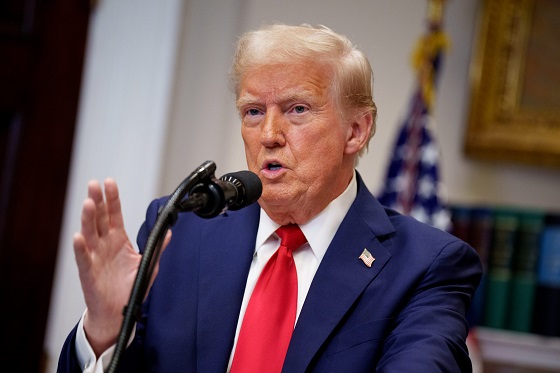
From LifeSiteNews
President Donald Trump withdrew the U.S. from the United Nations Human Rights Council (UNHRC) on Tuesday, citing its protection of “human rights abusers” who “use the organization to shield themselves from scrutiny.”
Trump’s executive order (EO) also announced that his administration would review funding and membership in other U.N. bodies, saying that they act “contrary to the interests” of the U.S. “while attacking our allies and propagating anti-Semitism.”
Regarding UNHRC, the EO states it “has protected human rights abusers by allowing them to use the organization to shield themselves from scrutiny,” presumably referring to countries including Iran and China, which have seats at the Council despite their extensive human rights violations, including their persecution and killing of Christians.
Pro-lifers have criticized the UNHRC for its staunch support for abortion, the killing of innocent preborn babies. Last year, the body adopted its first-ever resolution referring to “sexual and reproductive rights,” including the so-called “right” to abortion “access.”
When Trump first withdrew from the UNHRC in 2018, his ambassador to the U.N., Nikki Haley, criticized the U.N. body for its “chronic bias against Israel” and for its inclusion of human rights abusers such as China, Cuba, and Venezuela.
At the time, Israeli Prime Minister Benjamin Netanyahu’s office called the withdrawal “courageous,” describing it as “an unequivocal statement that enough is enough.”
UN Watch and pro-Israel factions have more recently found fault again with the UNHRC for issuing statements “highly critical of Israel’s military and humanitarian response in Gaza.” UN Watch highlighted, in particular, statements that lamented Israel’s killing of thousands of civilians in Israel and Gaza.
Even Israelis and Jews have accused Israel of genocide against Palestinians in Gaza, including Christians and Muslims. Israeli historian and Princeton professor Dr. Lee Mordechai has produced an online record that he says proves Israel is committing genocide, and a group of Jews recently gathered in London to protest what they also describe as “genocide” in Gaza.
While signing the EO on Tuesday, asked what the UN “would need to do to get their act together,” Trump said they had to “be fair to countries that deserve fairness,” adding, “There are countries that are outliers, that are very bad, and they’re almost being preferred as countries to those that do their job.”
The EO stated that the other UN bodies that “deserve renewed scrutiny” are the UN Educational, Scientific, and Cultural Organization (UNESCO) and the UN Relief and Works Agency for Palestine Refugees in the Near East (UNRWA). The document accused UNESCO of continual “anti-Israel sentiment,” among other concerns, and ripped UNRWA for reported infiltration by “foreign terrorist organizations” and employee involvement in the “October 7, 2023 Hamas attack on Israel.”
Crime
Bryan Kohberger avoids death penalty in brutal killing of four Idaho students

Quick Hit:
Bryan Kohberger will plead guilty to murdering four Idaho college students, avoiding a death sentence but leaving victims’ families without answers. The plea deal means he’ll spend life in prison without ever explaining why he committed the brutal 2022 killings.
Key Details:
- Kohberger will plead guilty at a hearing scheduled for Wednesday at 11 a.m. local time.
- The plea deal removes the possibility of death by firing squad but ensures life in prison without parole.
- Victims’ families say the state “failed” them by agreeing to a deal that denies them an explanation for the murders.
Diving Deeper:
Bryan Kohberger, a former PhD criminology student at Washington State University, is expected to plead guilty to the November 2022 murders of four University of Idaho students, sparing himself the death penalty but also avoiding any explanation for his motive. Idaho defense attorney Edwina Elcox told the New York Post that under the plea, Kohberger will have to admit to the killings but won’t have to provide a reason for his actions. “There is no requirement that he says why for a plea,” Elcox explained.
Prosecutors reached the plea deal just weeks before the scheduled trial, which many believed would have revealed the full details and motives behind the shocking quadruple homicide. Kohberger is accused of murdering Kaylee Goncalves, 21; Madison Mogen, 21; Ethan Chapin, 20; and Xana Kernodle, 20, with a military-style Ka-Bar knife as they slept in their off-campus home in Moscow, Idaho. His DNA was allegedly found on a knife sheath left at the scene.
The Goncalves family blasted the state for the deal, saying, “They have failed us.” They had hoped a trial would uncover why Kohberger targeted their daughter and her friends. Prosecutors, however, argued that the plea ensures a guaranteed conviction and prevents the years of appeals that typically follow a death sentence, providing a sense of finality and keeping Kohberger out of the community forever.
Sentencing will not take place for several weeks following Wednesday’s hearing, which is expected to last about an hour as the judge confirms the plea agreement is executed properly. While the families may find some closure in knowing Kohberger will never be free again, they are left without the one thing a trial could have provided: answers.
(AP Photo/Matt Rourke, Pool)
International
CBS settles with Trump over doctored 60 Minutes Harris interview

CBS will pay Donald Trump more than $30 million to settle a lawsuit over a 2024 60 Minutes interview with Kamala Harris. The deal also includes a new rule requiring unedited transcripts of future candidate interviews.
Key Details:
- Trump will receive $16 million immediately to cover legal costs, with remaining funds earmarked for pro-conservative messaging and future causes, including his presidential library.
- CBS agreed to release full, unedited transcripts of all future presidential candidate interviews—a policy insiders are calling the “Trump Rule.”
- Trump’s lawsuit accused CBS of deceptively editing a 60 Minutes interview with Harris in 2024 to protect her ahead of the election; the FCC later obtained the full transcript after a complaint was filed.
Tonight, on a 60 Minutes election special, Vice President Kamala Harris shares her plan to strengthen the economy by investing in small businesses and the middle class. Bill Whitaker asks how she’ll fund it and get it through Congress. https://t.co/3Kyw3hgBzr pic.twitter.com/HdAmz0Zpxa
— 60 Minutes (@60Minutes) October 7, 2024
Diving Deeper:
CBS and Paramount Global have agreed to pay President Donald Trump more than $30 million to settle a lawsuit over a 2024 60 Minutes interview with then–Vice President Kamala Harris, Fox News Digital reported Tuesday. Trump accused the network of election interference, saying CBS selectively edited Harris to shield her from backlash in the final stretch of the campaign.
The settlement includes a $16 million upfront payment to cover legal expenses and other discretionary uses, including funding for Trump’s future presidential library. Additional funds—expected to push the total package well above $30 million—will support conservative-aligned messaging such as advertisements and public service announcements.
As part of the deal, CBS also agreed to a new editorial policy mandating the public release of full, unedited transcripts of any future interviews with presidential candidates. The internal nickname for the new rule is reportedly the “Trump Rule.”
Trump initially sought $20 billion in damages, citing a Face the Nation preview that aired Harris’s rambling response to a question about Israeli Prime Minister Benjamin Netanyahu. That portion of the interview was widely mocked. A more polished answer was aired separately during a primetime 60 Minutes special, prompting allegations that CBS intentionally split Harris’s answer to minimize political fallout.
The FCC later ordered CBS to release the full transcript and raw footage after a complaint was filed. The materials confirmed that both versions came from the same response—cut in half across different broadcasts.
CBS denied wrongdoing but the fallout rocked the network. 60 Minutes executive producer Bill Owens resigned in April after losing control over editorial decisions. CBS News President Wendy McMahon also stepped down in May, saying the company’s direction no longer aligned with her own.
Several CBS veterans strongly opposed any settlement. “The unanimous view at 60 Minutes is that there should be no settlement, and no money paid, because the lawsuit is complete bulls***,” one producer told Fox News Digital. Correspondent Scott Pelley had warned that settling would be “very damaging” to the network’s reputation.
The final agreement includes no admission of guilt and no direct personal payment to Trump—but it locks in a substantial cash payout and forces a new standard for transparency in how networks handle presidential interviews.
-
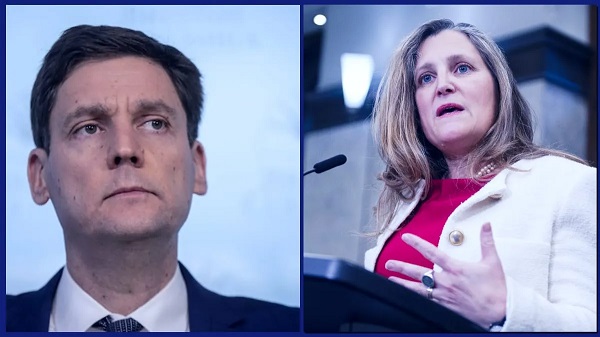
 Business2 days ago
Business2 days agoOttawa Funded the China Ferry Deal—Then Pretended to Oppose It
-

 COVID-192 days ago
COVID-192 days agoNew Peer-Reviewed Study Affirms COVID Vaccines Reduce Fertility
-

 MAiD2 days ago
MAiD2 days agoCanada’s euthanasia regime is not health care, but a death machine for the unwanted
-

 Alberta2 days ago
Alberta2 days agoThe permanent CO2 storage site at the end of the Alberta Carbon Trunk Line is just getting started
-
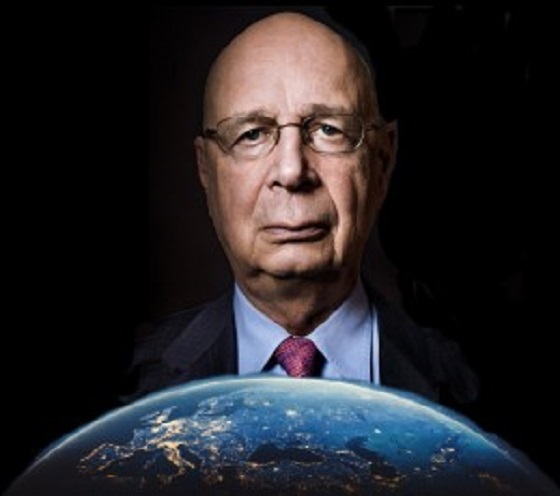
 Business1 day ago
Business1 day agoWorld Economic Forum Aims to Repair Relations with Schwab
-

 Alberta2 days ago
Alberta2 days agoAlberta’s government is investing $5 million to help launch the world’s first direct air capture centre at Innisfail
-
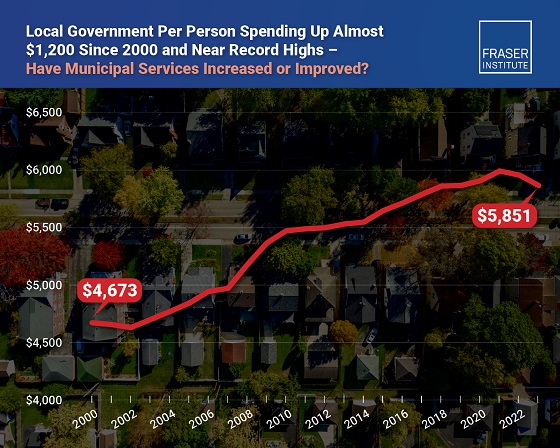
 Business2 days ago
Business2 days agoMunicipal government per-person spending in Canada hit near record levels
-

 Business1 day ago
Business1 day agoA new federal bureaucracy will not deliver the affordable housing Canadians need




